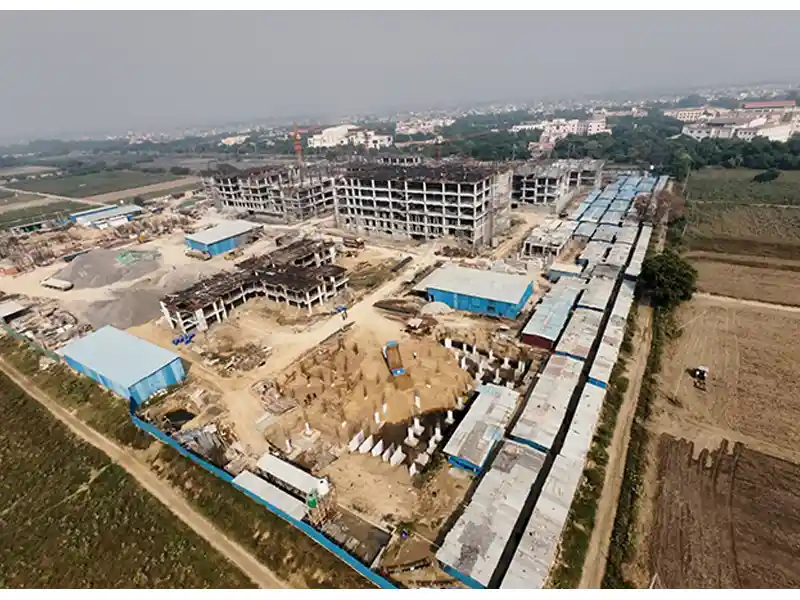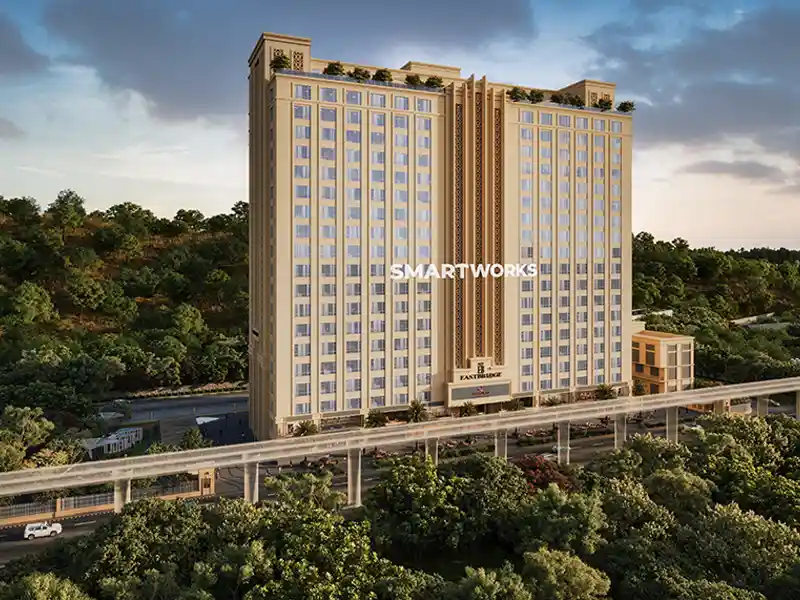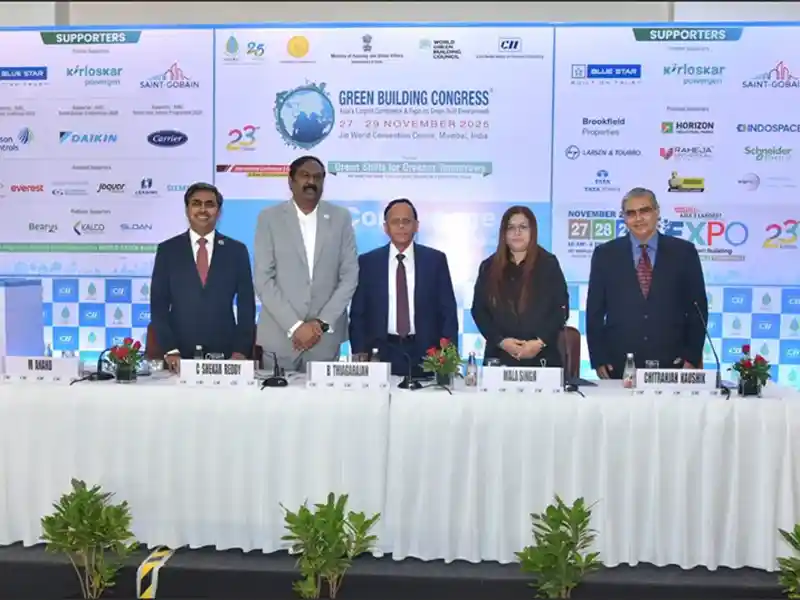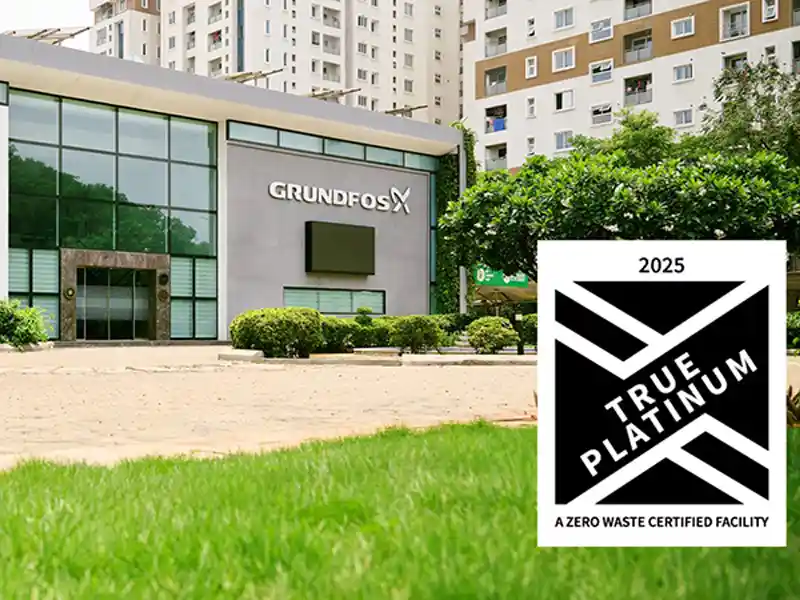
In the residential segment, heightened green building adoption is reflected in over 2 million green-certified homes and 60+ certified townships (as of 2024). Sustainable homes typically offer tangible benefits such as lower utility bills, improved air quality, and rental premiums of 5–10%. Green adoption is also gaining ground in the industrial, healthcare, retail, hospitality, and data center segments. Developers and occupiers are increasingly opting for sustainable, energy-efficient buildings to align with climate targets and net-zero commitments.
“Green-certified buildings are not only a sustainable choice, but they also make a strong business case. As per our analysis, average occupancy levels in Grade A green office buildings were between 80–90%, compared to 65–85% in non-green-certified buildings. This is a pivotal moment to scale green adoption not just in commercial spaces but across residential, industrial, and emerging sectors like data centers. Our collective efforts today will shape the urban future of tomorrow, where environmental responsibility and economic growth reinforce each other,” said Shekhar G. Patel, President, CREDAI.















